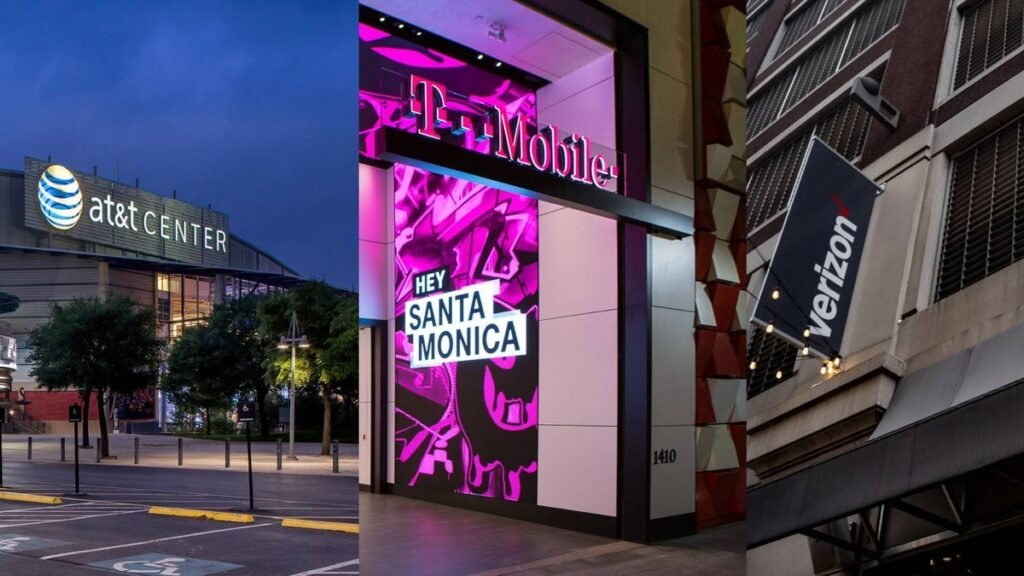The Cellular Telecommunications Industry Association (CTIA) has issued a cautionary forecast indicating that customers of major U.S. carriers—AT&T, T-Mobile, and Verizon—may begin experiencing network congestion as early as 2026. This warning stems from concerns about a looming spectrum shortage that could impact the performance and reliability of 5G networks.WireflyPhoneArena
The Growing Demand on 5G Networks
As the adoption of 5G technology accelerates, the demand for wireless data is skyrocketing. Factors contributing to this surge include:
- Increased Mobile Usage: More users are consuming high-definition video, engaging in online gaming, and utilizing data-intensive applications on their mobile devices.
- Fixed Wireless Access (FWA): Services like FWA, which provide home internet through cellular networks, are adding significant load to existing infrastructure. While FWA has expanded broadband access, it also intensifies the strain on networks originally designed for mobile traffic.Light ReadingWirefly
CTIA projects that by 2027, networks may be unable to meet approximately 25% of peak demand in densely populated regions. Looking further ahead, the association warns that by 2035, carriers might only be able to satisfy 27% of peak demand without the allocation of additional spectrum resources. Wirefly+1PhoneArena+1
Potential Impacts on Consumers
If the predicted spectrum shortage materializes, consumers could face several challenges:PhoneArena
- Slower Data Speeds: During peak hours, users might experience reduced download and upload speeds, affecting streaming, browsing, and other online activities.
- Increased Latency: Higher network congestion can lead to delays in data transmission, impacting real-time applications like video calls and online gaming.
- Service Interruptions: In extreme cases, network overloads could result in dropped connections or inability to access certain services.
The Call for More Spectrum
CTIA emphasizes the need for regulatory bodies to release more spectrum to accommodate the growing data consumption. The association argues that without additional spectrum, improving network capacity will be challenging, as other methods yield diminishing returns. api.ctia.org+2Wirefly+2PhoneArena+2PhoneArena+1Wirefly+1
However, some analysts view CTIA’s warnings with skepticism. Given CTIA’s role in lobbying for spectrum allocation, critics argue that the urgency may be overstated to influence policy decisions. Wirefly+1PhoneArena+1
Strategies for Mitigation
To address potential network congestion, carriers and regulators can consider several strategies:Wirefly
- Spectrum Reallocation: Identifying and repurposing underutilized spectrum bands for mobile broadband use.
- Infrastructure Investment: Expanding network infrastructure, including the deployment of small cells and upgrading existing equipment, to enhance capacity.
- Technological Advancements: Implementing advanced technologies like Massive MIMO and beamforming to improve spectral efficiency.
- Policy Reforms: Streamlining regulatory processes to expedite the release and deployment of new spectrum resources.
Conclusion
The CTIA’s warning serves as a reminder of the challenges that come with the rapid expansion of wireless technology. While the potential for network congestion is a concern, proactive measures by carriers, regulators, and stakeholders can help mitigate these risks. Ensuring the continued performance and reliability of 5G networks will require a collaborative effort to address spectrum availability and infrastructure needs.
Note: For more detailed information and updates, consider visiting CTIA’s official website or your carrier’s support page


